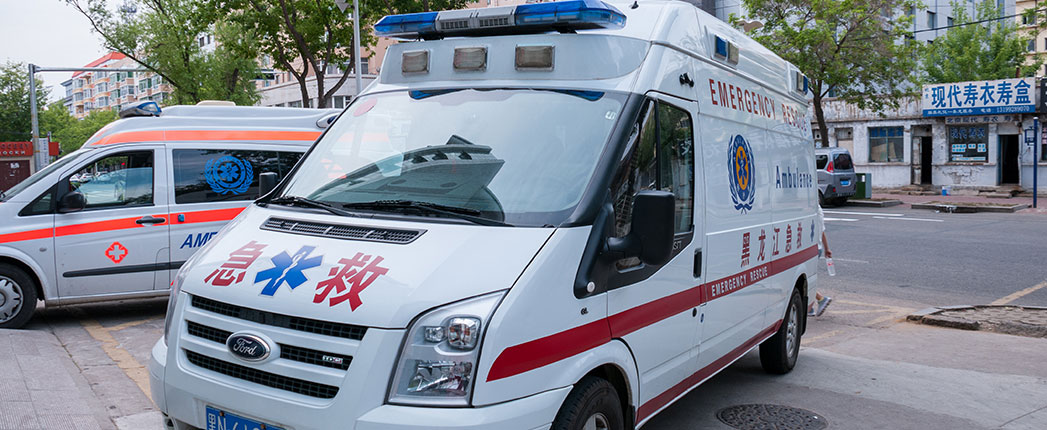
China’s commercial vehicle lubricant market is showing signs of recovery thanks to increases in distances traveled, according to speakers at an industry forum this week. In addition, commercial vehicle sales are rising, potentially pointing to a long-term rebalancing of engine oil segments.
Part of this week’s ICIS Asian Base Oils and Lubricants Virtual Conference, the Tuesday panel discussion also featured predictions of shifts throughout the region toward use of virtual meetings and further digitalization along with continued ratcheting of environmental regulations.
One of the panel members, Lubrizol Cor. Regional Director Paul Nai, noted that the COVID-19 pandemic has had different impacts on the use of commercial and non-commercial vehicles, and he said this will affect relative demand for passenger car and heavy-duty engine oils.
“We need to look at the product mix,” said Paul Nai, regional director of Lubrizol. Distances driven by “passenger cars have dropped, but for the commercial side, there is still essential services, movement of emergency vehicles, hygiene equipment, all these to support the healthcare. Regionally we are seeing China recovering and in some areas exceeded last year [volumes].”
“The strong momentum in [sales for] the light commercial vehicle segment continued in the month, with growth of 53% year on year to [320,000] units,” according to a report by automotive intelligence consultancy LMC Automotive. The company adjusted its full-year 2020 growth forecast for light commercial vehicles to 8% from 0.6%.
In July, China’s commercial vehicles sales – trucks and buses – increased 42% year on year to 430,000 units, according to the latest statistics released by the China Association of Automobile Manufacturers.
“In the short term there is some demand in the commercial side of things,” Nai said. “Last month, the [Purchasing Managers’ Index] in China picked up, and hence industrial lubricants picked up. A few months ago, people thought that [COVID-19] would be like SARS and would go away. But the mindset has changed to how to stay safe and still run the business.” SARS stands for severe acute respiratory syndrome.
With social distancing and digitalization becoming the new normal, “there is a need for [digital] interactions like webinars. A customer was having an issue with the plant, and we did it virtually,” Nai added.
“We see China recovering but others not yet,” said Pablo Conrad, marketing director of ExxonMobil Lubricants Indonesia. “We also see accelerating trends and the way we connect digitally with consumers. It’s not a change. It was anticipated before but how far and how big, it is yet to be seen.”
With a work-from-home lifestyle, “employees travel less and engage in more online purchases for food, books and others. There is a supply chain for that, and [we need to look at] what will be that last mile delivery and supply chain network,” added Nai.
During the first phase of government lockdowns in response to the pandemic, many parts of Asia experienced a drop in air pollution and emissions. However, emissions will remain an issue moving forward. Emission issues remain in regions such as Southeast Asia, including Indonesia, “where it has not been as progressive in this area, and if they do that [and become more proactive in emission controls], lubricants’ profile has to change or upgrade,” added Nai.
“This can lead to an acceleration of trends including higher performance lubricant, cleaner combustion and emissions,” said Conrad.
“Globally, it will take time to recover,” said Nai. IHS Markit forecasts a 14% drop in transport lubricant consumption and for total lubricant consumption to fall 9.5% this year.
Ramatri PD, global head of base oils for Dubai-based Al Ghurair Energy DMCC, said the pandemic has caused shortages of Group I base oils in some parts of Asia, the Middle East and Africa – particularly India, where disruptions in the supply of Iranian feedstock slowed refinery operations. He also said that the situation has spurred some lube blenders to substitute a small amount of Group II, but he added that it amounts to nor more than a “speed bump” for long-term demand trends.”
He also predicted that governments will stop short of total lockdowns, even if they need to react to new waves of the disease. “For the next quarter or next year, [companies] need to have a hedging strategy. Look for options to explore and look for sustainability models in the coming months and years.”
He also said that there is more risk and volatility ahead, so companies need strong supply chains.